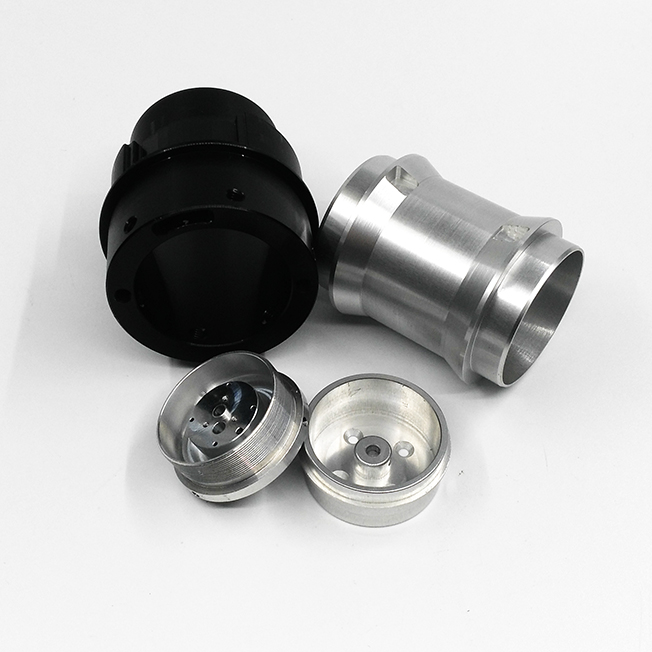When using CNC lathes for processing, you will definitely encounter various problems. Let us take a look at the common sense about CNC lathe processing:
1. For CNC lathes to process repetitive production parts, the process preparation man-hours using CNC grinders occupies a relatively high proportion. For example, process analysis preparation, programming, adjustment and test cutting of the first part of a part, the total of these comprehensive man-hours is often dozens to hundreds of times the man-hours of a single part processing, but the content of these CNC lathes (such as special ordinary lathes) Fixtures, process files, programs, etc.) can be saved and reused. Therefore, when a part is successfully trial-produced on a CNC grinder and then repeatedly put into production, the production cycle will be greatly reduced, the cost is relatively small, and a better economy can be achieved. benefit.

2. The processing batch of parts processed by CNC lathes should be larger than that of ordinary lathes. When CNC lathes process small and medium-sized parts on non-CNC grinders, due to various factors, the pure cutting time only accounts for 10%-30 of the actual working hours. %. When
Machining on a multi-process centralized CNC grinding machine such as a grinding machining center, this ratio may rise to 70% to 80%, but it takes a lot of time to prepare to adjust the working hours, so the part batch will be too small. It becomes uneconomical.
Which is better for CNC lathe processing?
3. The CNC lathe processing requires that the key parts of medium and small batches are mainly ensured to ensure the processing quality and can be efficiently produced. The CNC grinder can realize high-precision, high-quality, and high-efficiency grinding processing under the control of the computer. Compared with special grinding machines, it can save a lot of special process equipment, has strong flexible manufacturing capabilities and obtains better economic results. Compared with ordinary grinders, it can eliminate many man-made interference causes in the long process flow of complex machining, and the accuracy and interchangeability of
Machining Parts are good, and the machining efficiency can be effectively improved.
Fourth, the parts processed by the CNC lathe should meet the technological characteristics of the multi-process centralized processing of the CNC grinder. When the CNC grinder processes the parts, the grinding wheel cuts the workpiece is exactly the same as the corresponding non-CNC grinder, but it can perform some processing For complex machining with precision requirements, such as in the grinding range, ordinary grinders are mainly used for grinding cylindrical surfaces, circular CNC lathe cones or stepped shoulders. In addition, CNC cylindrical grinders also It can grind toroidal surfaces (including convex and concave surfaces), as well as complex combined surfaces of the above various forms.
5. Considerations for processing some special parts on CNC lathes. Although some parts are processed in small batches, ordinary lathes have complex shapes, high quality and good interchangeability. This cannot meet the above requirements on non-CNC grinders and can only be arranged. Processing on CNC grinders, such as parabola, cycloid cam, and special-shaped mirrors, etc. As a single CNC grinder, it is difficult to complete all the processing content of a part. It needs to be matched with the processing procedures of other equipment. Therefore, there are requirements for the balance of production cycle and workshop production capacity. Therefore, it is necessary to consider taking full advantage of the characteristics of CNC grinder processing, and the CNC lathe should reasonably arrange supporting balancing procedures on other processing equipment.



